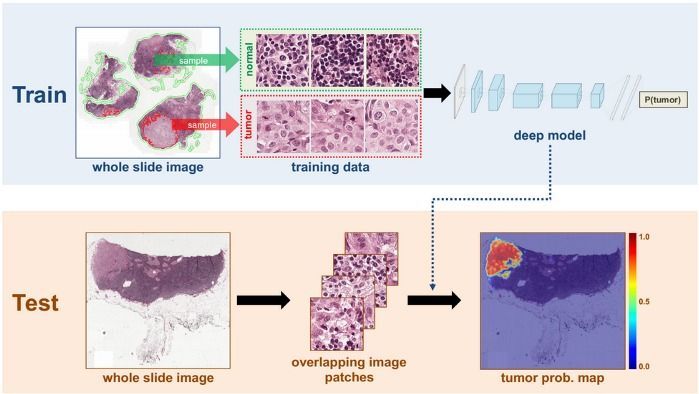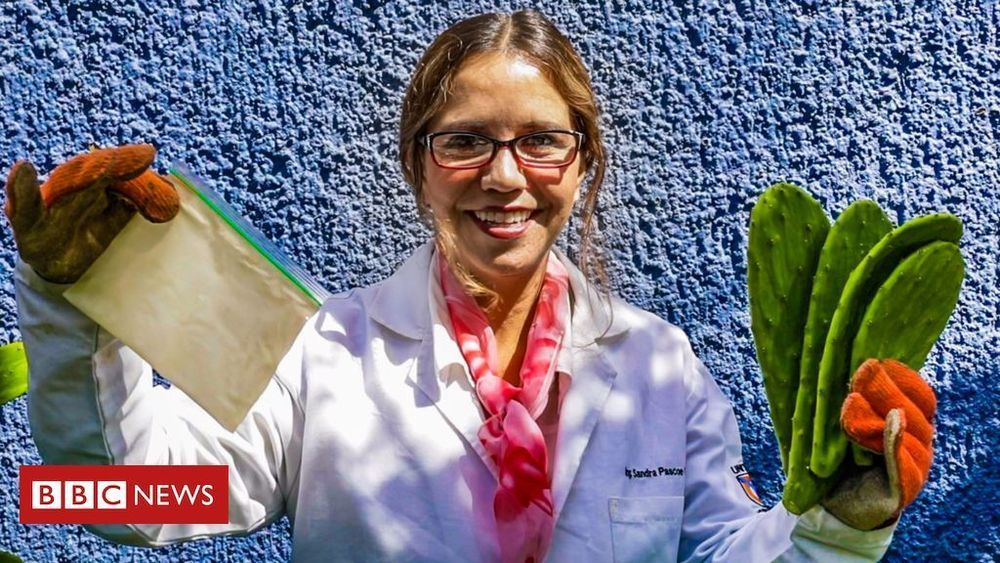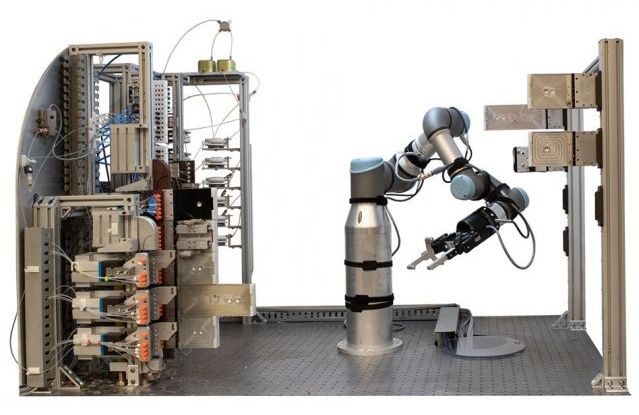Use of Machine Learning (ML) in Medicine is becoming more and more important. One application example can be Cancer Detection and Analysis.
KNIME Fall Summit 2019


Try Audible for free and get a free Halo audiobook to keep while also helping me out!: http://www.audibletrial.com/HiddenXperia
If you enjoy my content, consider supporting me on Patreon: https://www.patreon.com/HiddenXperia
Huge props to Elzie for the L I T new intro + outro sequences, you can follow him here: https://goo.gl/GeFF6e
Come join the official HiddenXperia discord server!: https://discord.gg/kvDme5C
MAJOR thanks to the following Patrons for their extremely generous donations!:
ICONIC ONE:

Essentially you could use the body and a computer even modify and enhance the processes even modify the wetware making things stronger and faster. Essentially like master chief from the halo series.
The U.S. Army is testing a new helmet designed to offer full ballistic protection to a soldier’s entire head. Looking like something out of Starship Troopers, the Integrated Head Protection System (IHPS) protects a soldier’s entire head, including for the first time the face and jaw, from injury. The helmet, developed by 3M subsidiary Ceradyne Systems, is scheduled to head to the troops next year.

No one needs intelligence more than the military. That’s why the U.S. armed forces and intelligence services are working on a stunning array of pioneering brain development techniques that could one day make their way into civilian life. “The sophistication of our weapons and communications technologies in the Navy and elsewhere is growing dramatically,” says Harold Hawkins, a cognitive psychologist and the director of a program at the Office of Naval Research studying brain training. “To have intellectually stronger people to deal with these new systems is going to be critical.”
The Army, Navy and Air Force are all funding substantial research programs, but a $12 million program approved in January by the Intelligence Advanced Research Projects Activity (IARPA) is one of the largest. It will pay for the first year of a planned three-and-a-half-year program called Strengthening Human Adaptive Reasoning and Problem-solving (SHARP).
The SHARP program is studying techniques both ancient and avant-garde, from meditation to low-dose electrical stimulation of the brain, with an aim toward making intelligence analysts, well, more intelligent. Also on the drawing board are large-scale studies of computerized games that have shown promise in smaller studies for strengthening “working memory” — the critical-thinking ability to not simply remember facts and figures but to juggle and manipulate them. “If these interventions are actually doing what we think they’re doing,” says Adam Russell, a neuroscientist and the SHARP program’s manager at IARPA, “we should be able to demonstrate that with large numbers of participants, strong metrics and a real-world test battery.”

In a world-first, researchers have created a quantum chip that contains four entangled particles of light, known as photons, and is capable of performing actions over hundreds of channels simultaneously.
Or to put that into context, they’ve come closer than ever before to building a chip that’s similar to the ones in our smartphones and computers, but that has the potential to perform exponentially more calculations, and can process data at the speed of light. Sounds good, right?
“This represents an unprecedented level of sophistication in generating entangled photons on a chip,” said co-lead researcher David Moss, from Swinburne University of Technology in Australia.

Spaceport America, the world’s first purpose-built commercial spaceport standing on the sands of the New Mexico desert, is readying itself to welcome the world’s first space tourists.
And Virgin Galactic will likely be the first to fly these people into outer space. The cost of a seat on a Virgin Galactic spaceflight is $250,000 and 600 people have already paid downpayments for their trips.
Virgin Galactic on Thursday declared Spaceport America “operationally functional” and transferred all its spaceflight operations to this facility. It also revealed the interior of its “Gateway to Space” building at the spaceport.

Guided by artificial intelligence and powered by a robotic platform, a system developed by MIT researchers moves a step closer to automating the production of small molecules. Images: Connor Coley, Felice Frankel.
The system, described in the August 8 issue of Science, could free up bench chemists from a variety of routine and time-consuming tasks, and may suggest possibilities for how to make new molecular compounds, according to the study co-leaders Klavs F. Jensen, the Warren K. Lewis Professor of Chemical Engineering, and Timothy F. Jamison, the Robert R. Taylor Professor of Chemistry and associate provost at MIT.
The technology “has the promise to help people cut out all the tedious parts of molecule building,” including looking up potential reaction pathways and building the components of a molecular assembly line each time a new molecule is produced, says Jensen.

Supersolids, solid materials with superfluid properties (i.e., in which a substance can flow with zero viscosity), have recently become the focus of numerous physics studies. Supersolids are paradoxical phases of matter in which two distinct and somewhat antithetical orders coexist, resulting in a material being both crystal and superfluid.
First predicted at the end of the 1960s, supersolidity has gradually become the focus of a growing number of research studies, sparking debate across different scientific fields. Several years ago, for instance, a team of researchers published controversial results that identified this phase in solid helium, which were later disclaimed by the authors themselves.
A key issue with this study was that it did not account for the complexity of helium and the unreliable observations that it can sometimes produce. In addition, in atoms, interactions are typically very strong and steady, which makes it harder for this phase to occur.

NASA and the Space Center Houston are seeking designs for autonomous robots that can explore the surface of the moon—and the leading one will win up to $1 million to continue research and discovery.
On Monday, the organizations announced Phase 2 of the NASA Space Robotics Challenge, focused on virtually designing autonomous robotic operations that allow the US to expand its ability to explore space and maintain its technological leadership.
SEE: Artificial intelligence: A business leader’s guide (free PDF) (TechRepublic)